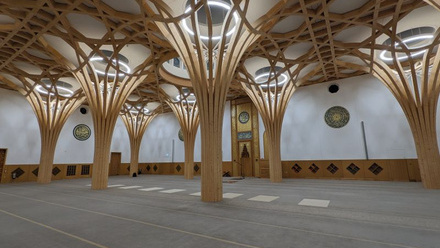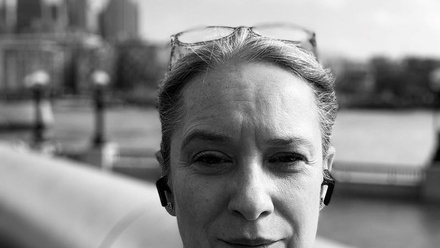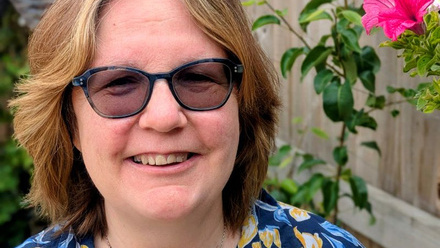Duty of care - Lessons from Grenfell
A new standard came from the tragic Grenfell Tower fire in London, UK. Julian French - of Sandberg LLP sits on the BSI Committee - lays out BS 99001.

In the early hours of 14 June 2017, a fire broke out in a flat on the fourth floor of the Grenfell Tower in South Kensington, London, UK. The tragic events that followed would bring into sharp focus the shortcomings of the many sectors involved, including the construction industry. How was it possible to design, construct and operate a building that was capable of burning for several days and take the lives of 72 people?
Soon after the tragedy, the UK Government commissioned a review into building regulations and fire safety. The review was led by Dame Judith Hackitt and, following initial findings in December 2017, the final Hackitt Report was published in May 2018. The report made several key recommendations.
Soon after, the Industry Safety Steering Group was established to help drive a change in culture that could deliver on those recommendations and monitor progress.
Numerous layers of failure were uncovered, not least technical, communication, quality, administrative and leadership. These were by no means confined to the construction industry alone, and while all parties concerned needed to examine their role in the tragedy, the construction industry set about reviewing its customs and practices to establish actions that could be taken to address the report’s findings.
One area that came into question was the generic nature of ISO 9001:2015 – the internationally recognised standard for Quality Management System (QMS). The standard is widely used throughout the construction industry but had failed to deliver a safe and suitable structure at Grenfell, and probably elsewhere.
It was considered that a more sector-specific document was required that gave specific direction in areas where interpretation and guidance would be beneficial. Published in July 2022, the result was BS 99001:2022 Quality Management Systems Standard for the Built Environment – specification for the application of BS EN ISO 9001:2015 in the built environment sector.
Although the basis of the standard was ISO 9001, the opportunity was taken to prepare a QMS standard that considered new building safety regulations and the construction industry’s developments in sustainability, safety and quality, as well as the complex nature of a construction project, regardless of its size, so that the standard can be applied to a whole project while still being appropriate for a single company, trader or individual performing any role in the supply chain.
At first glance, it may read as a separate standard but the clause numbers are the same as ISO 9001 and terminology is couched in language that typically starts with, 'In meeting the requirements of BS EN ISO 9001:2015' before detailing the specific requirements.
This helps reduce varied interpretations by individuals at differing levels of knowledge and experience in a particular construction discipline. Furthermore, the standard effectively acts as a checklist for those areas that should be taken into account and considered when drafting procedures for the built environment.
Some clauses of ISO 9001 are unaltered by BS 99001. This is specifically confirmed by the text, “there are no additional requirements to those specified in BS EN ISO 9001:2015”.
The standard does not replace ISO 9001 but is supplementary to it. In reality, there should be very little additional effort involved when writing or auditing procedures that meet the requirements of both standards. After all, BS 99001 is simply providing sector-specific guidance on the application of ISO 9001 for use in the built environment.
It is therefore expected that a certification body will audit a QMS to both ISO 9001 and BS 99001 at the same time, and issue dual certification. It will be important for the certification bodies to establish a process that does not result in vastly greater levels of time and cost.
For those considering a review of BS 99001, it is strongly recommended checking PD 99001:2022, BS EN ISO 9001, Quality management systems. Requirements, incorporating BS 99001 additional requirements for the built environment sector. This document compares text of ISO 9001 and BS 99001 so that the guidance can be directly referenced on the same page.
Certification to BS 99001 is currently possible through BSI, but this is not yet approved by the United Kingdom Accreditation Service (UKAS). It is expected that other certification bodies will offer certification soon, therefore UKAS-accredited certification will be possible once more organisations have gone through the certification process.
BS 99001 undoubtedly can make the built environment a safer place. As it has been designed to incorporate the numerous responsibilities that a construction project must address, it meets the post-Grenfell needs for the built environment.







